Breaking News
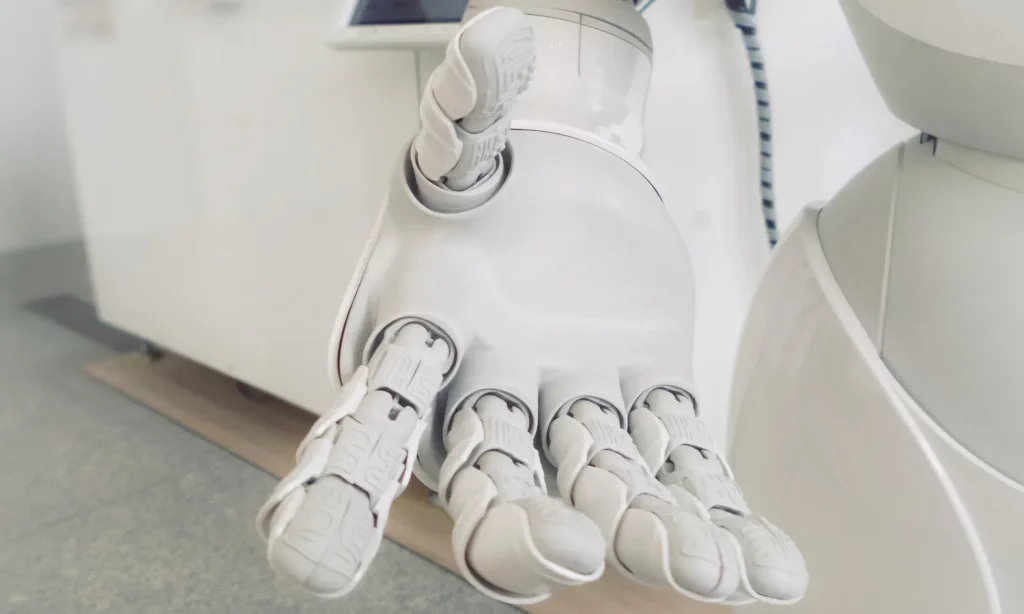


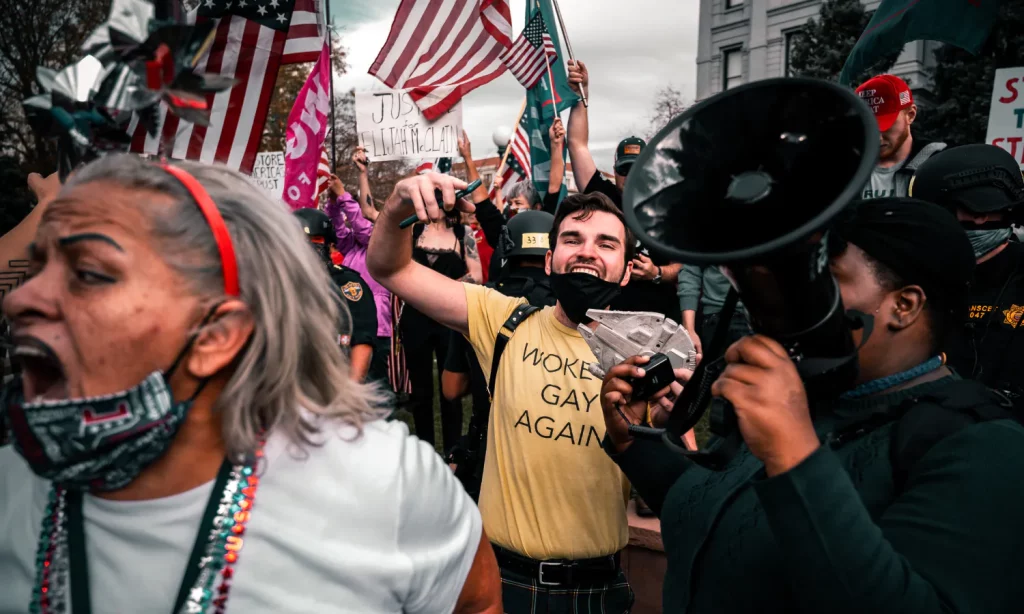
Popular News
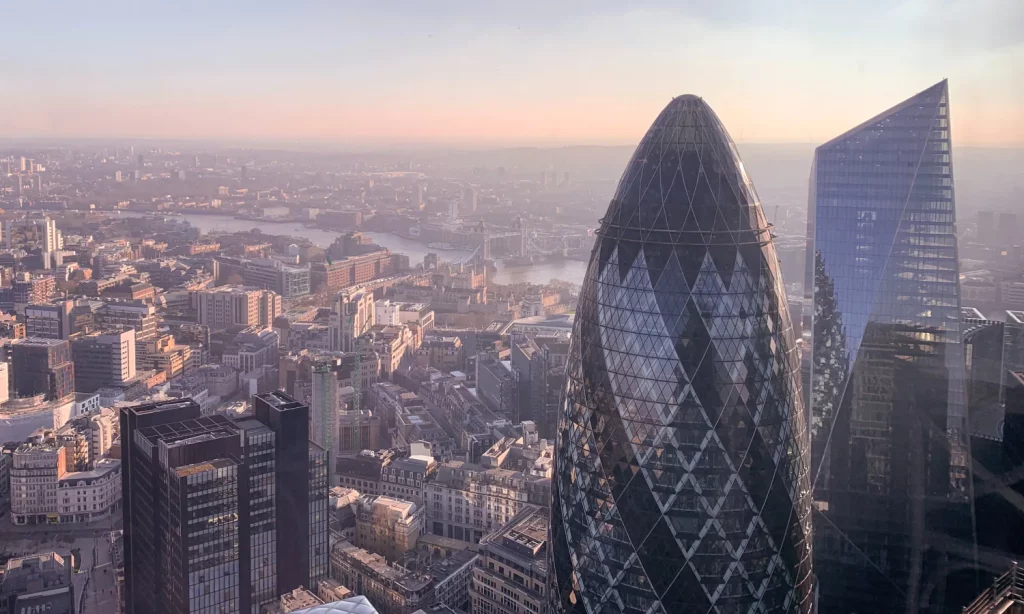













Join thousands of readers who get our Sunday Briefing: one email, five essential stories, zero fluff. Subscribe NOW!
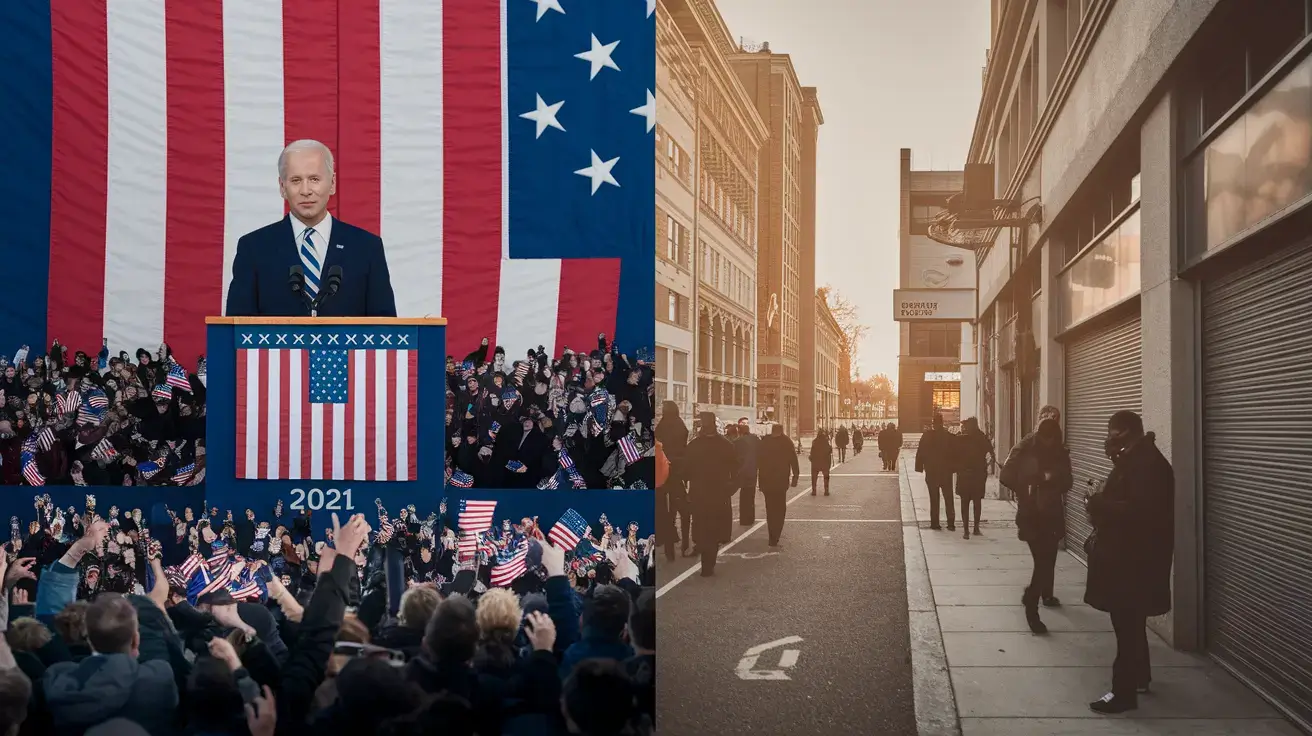
While mainstream media celebrated President Biden's inauguration and the $1.9 trillion American Rescue Plan, critical analysis reveals that these developments may have merely bandaged deep wounds rather than healing them.
The first quarter of 2021 was heralded as America’s turning point—a new administration, ambitious economic stimulus, and unprecedented vaccination campaigns promised to usher in an era of recovery and unity. Yet beneath this carefully crafted narrative lies a more troubling reality: a nation still deeply divided, an economy propped up by unsustainable measures, and systemic inequalities that continue to widen 1. While mainstream media celebrated President Biden’s inauguration and the $1.9 trillion American Rescue Plan, critical analysis reveals that these developments may have merely bandaged deep wounds rather than healing them.
The celebrated economic recovery narrative of Q1 2021 conveniently overlooked several critical contradictions:
The mainstream narrative of successful vaccine distribution masked troubling disparities:
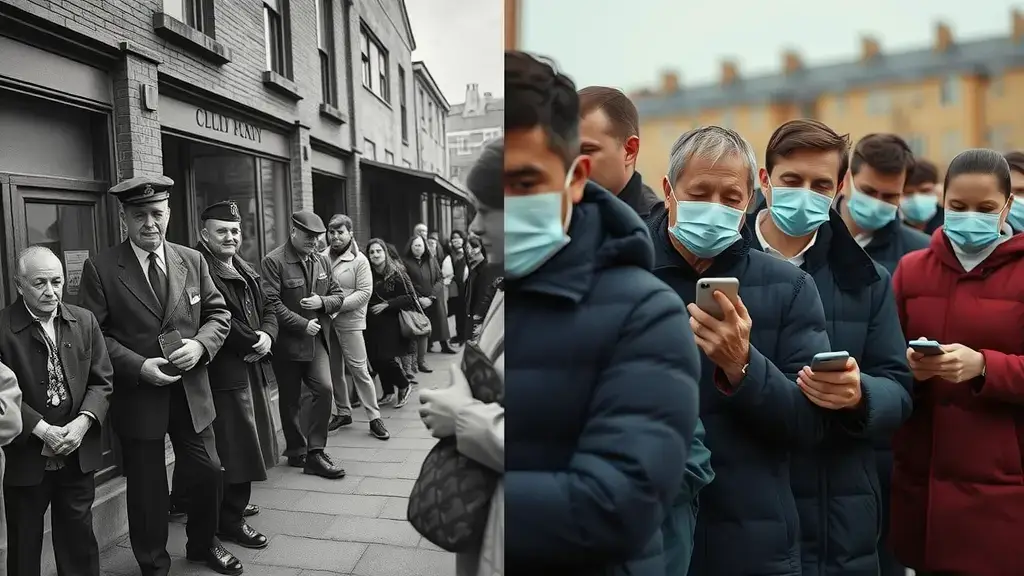
The current situation bears striking similarities to previous post-crisis periods:
The pandemic accelerated the shift toward a digital economy, potentially leaving behind those without access to technology or digital skills 5. This digital divide threatens to create a permanent underclass in our increasingly technology-dependent society.
Social media analysis from Q1 2021 reveals a stark disconnect between official narratives and public sentiment. While traditional media emphasized unity and recovery, digital platforms captured widespread skepticism and continued calls for accountability 9.
A study analyzing approximately 280,000 tweets from Ohio and Michigan during this period showed that public sentiment was highly sensitive to state news and local government reactions, often contradicting the national narrative of success 10.
Proponents of the Biden administration’s approach argue that massive intervention was necessary to prevent economic collapse. However, this perspective ignores historical evidence suggesting that such interventions often create longer-term structural problems. The fact-checking variability between major organizations (22.6% selection disagreement) demonstrates how even the verification of claims remains contentious 9.
The transformation narrative of Q1 2021 requires critical examination. While surface-level changes occurred, the fundamental challenges facing America—political division, economic inequality, and systemic injustice—remained largely unaddressed. The real question isn’t whether America changed in Q1 2021, but whether these changes set us on a path toward sustainable recovery or deeper crisis.
What aspects of the Q1 2021 recovery narrative do you find most questionable? Share your thoughts in our poll: “Did the Biden administration’s early actions address fundamental societal issues, or merely provide temporary solutions to systemic problems?”